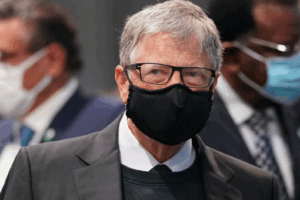The agency’s move to ban FD&C Red No. 3 follows decades of debate and comes ahead of President-elect Trump’s inauguration.
The Food and Drug Administration (FDA) has officially banned the use of FD&C Red No. 3, an artificial dye linked to cancer from food and ingested drugs. The announcement, which comes more than 30 years after the dye was banned in cosmetics.
The controversial red dye has been used for over 50 years to give products such as candy, cakes, and frosting their vibrant cherry-red color. The FDA’s decision follows a petition filed by consumer advocacy groups two years ago, arguing that companies should replace the synthetic dye with natural colorants from food sources like beets and red cabbage.
Red No. 3 was approved for use in food products, despite studies showing it can cause cancer in male rats at high doses. However, the FDA maintains that the levels of exposure to the dye in humans are much lower than those that have caused cancer in animals, and it does not consider the dye a cancer risk for people.
The decision to remove the dye from food and drugs comes just days before President-elect Donald Trump takes office, with his administration and Health and Human Services Secretary nominee, Robert F. Kennedy Jr., signaling a commitment to stricter regulation of artificial food dyes.
Consumer advocacy groups, like the Center for Science in the Public Interest, praised the FDA’s action. “At long last, the FDA is ending the regulatory paradox of Red 3 being illegal for use in lipstick but perfectly legal to feed to children in candy,” said Peter G. Lurie, president of the group. The FDA’s decision was also based on the Delaney Clause, which prohibits the addition of any substance to food that has been shown to cause cancer in humans or animals.
Food manufacturers have until January 15, 2027, to reformulate their products, while drug manufacturers will have until January 18, 2028, to comply with the ban. The new regulations will also apply to food imports, ensuring that foreign products sold in the U.S. meet the same standards.





